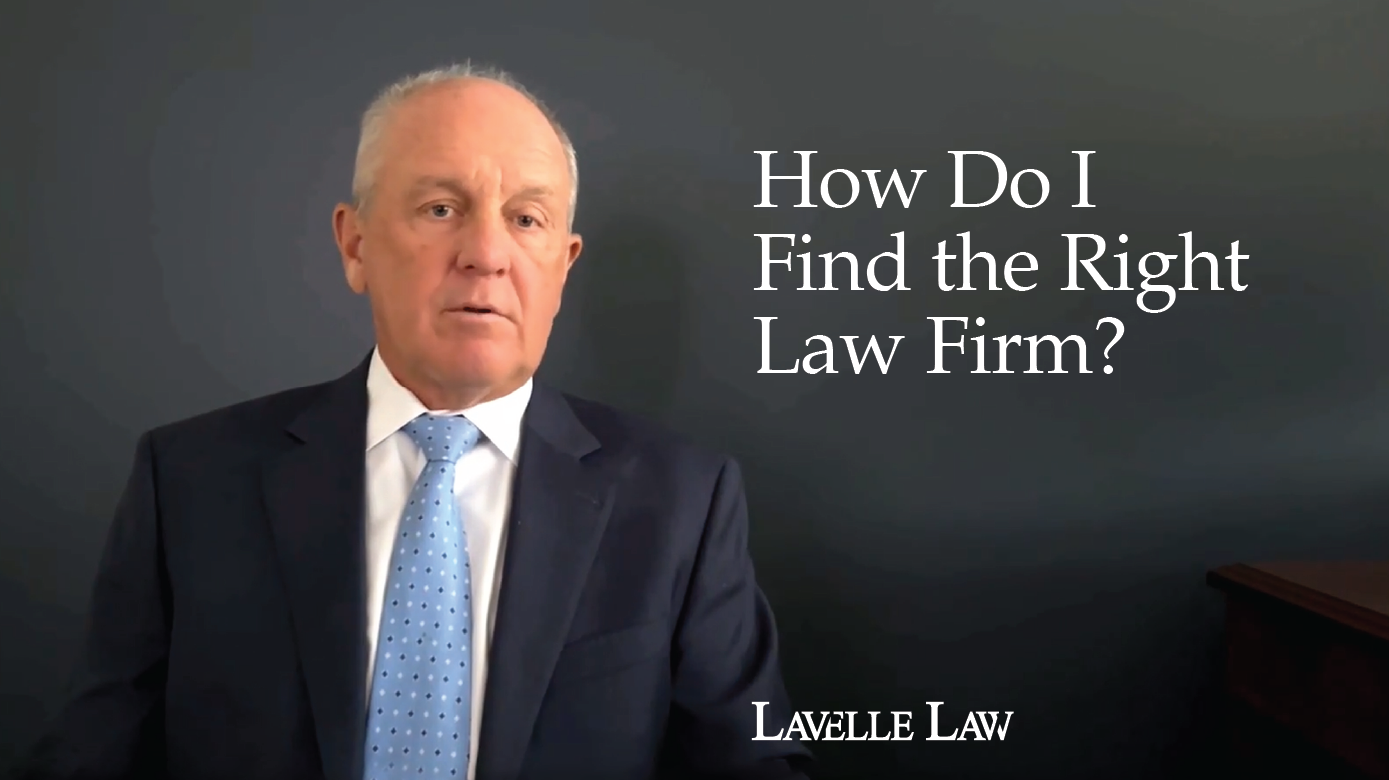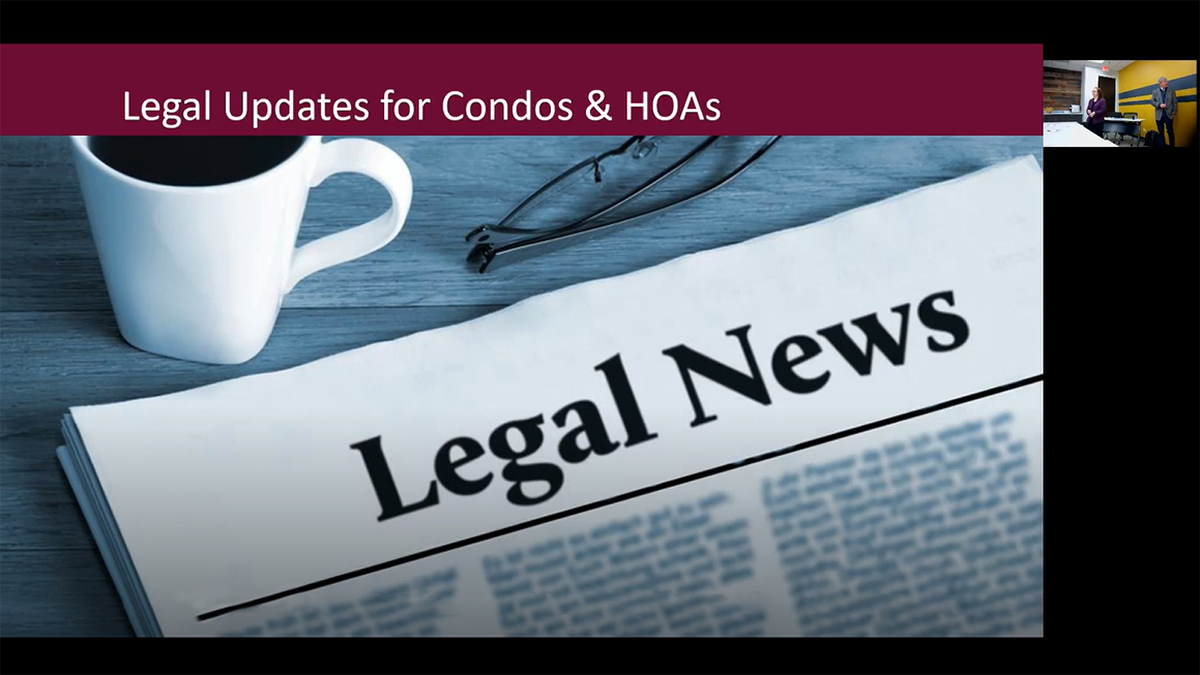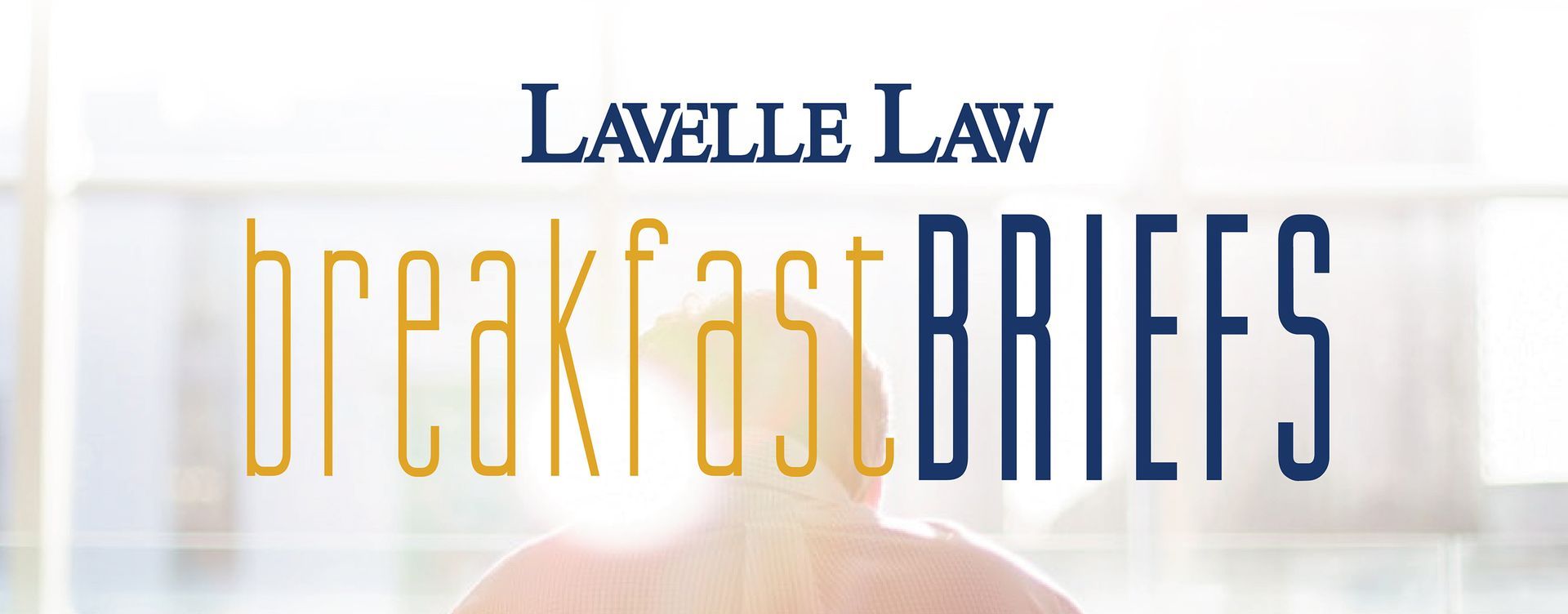Federal Reserve Provides Additional Guidance Regarding its Main Street Lending Program
Steven A. Migala • June 22, 2020
On June 8, 2020, the Federal Reserve Board (Fed) adopted additional changes to its Main Street Lending Program (Program), a service that aims to provide around $600 billion in lending support to small and medium-sized businesses affected by the COVID-19 pandemic. The June 8 Guidance updated the Frequently Asked Questions (FAQs)
section along with providing term sheets for each of the three distinct facilities comprising the Main Street Lending Program. These facilities include the Main Street New Loan Facility (MSNLF),
Main Street Priority Loan Facility (MSPLF), and Main Street Expanded Loan Facility (MSELF). New Loans and Priority Loans are similar but Priority Loans require the loan to be senior in terms of priority and payment to all other debt besides a mortgage. Meanwhile, the Expanded Loan allows a borrower to upsize an existing loan or revolving credit facility.
The same borrower eligibility requirements apply and allow businesses created in the US or under US laws before March 13, 2020 that were in good financial standing before the pandemic to receive a loan if it has either (i) no more than 15,000 employees or (ii) 2019 annual revenues of less than $5 billion. The Fed also announced that the Program is now open for lender registration, enabling financial intermediaries to flow the Main Street Loans through to borrowers. The Fed did not release its launch date for the Program but expects it to be operating soon. The primary changes to the Program include (a) lowering the minimum loan amount and raising the maximum loan amount, and (b) extending loan terms and repayment period.
Under the modified Program, the minimum amount a business can borrow for a new loan is now $250,000, down from $500,000. Expanded Loans are now set at a $10 million minimum, down from $25 million. Further, the maximum loan amount for New Loans is now $35 million and Priority Loans is $50 million, an increase from $25 million for both. Businesses can also increase an existing loan or revolving credit facility by up to $300 million. Note that the maximum loan sizes for all three options are subject to certain thresholds based on outstanding debt and earnings.
Further, the Program now allows businesses to increase the term of all loan options from four years to five years, and extends the repayment period for all options by delaying principal payments for two years instead of one year and defer interest for the first year. Principal payments of 15% will be due in years three and four, and a balloon payment of 70% will be paid in year five.
The June 8 Guidance also allows lenders to sell 95% of a Main Street Loan to a special purpose vehicle set up by the Fed. The lender will then service the loan and keep the remaining interest on the principal it holds. The lender can also issue an origination fee at the outset of the loan.
| Main Street Lending Program Loan Options | New Loans | Priority Loans | Expanded Loans |
|---|---|---|---|
| Term | 5 years | 5 years | 5 years |
| Minimum Loan Size | $250,000 | $250,000 | $10,000,000 |
| Maximum Loan Size | Lesser of $35 million or an amount that, when added to outstanding and undrawn available debt, does not exceed 4.0x adjusted 2019 EBITDA | Lesser of $50 million or an amount that, when added to outstanding and undrawn available debt, does not exceed 6.0x adjusted 2019 EBITDA | Lesser of $300 million, or an amount that, when added to outstanding and undrawn available debt, does not exceed 6.0x adjusted 2019 EBITDA |
| Risk Retention | 5% | 5% | 5% |
| Payment (Principal deferred for two years and interest deferred for first year) | Year 1: 0% Year 2: 0% Year 3: 15% Year 4: 15% Year 5: 70% | Year 1: 0% Year 2: 0% Year 3: 15% Year 4: 15% Year 5: 70% | Year 1: 0% Year 2: 0% Year 3: 15% Year 4: 15% Year 5: 70% |
| Rate | LIBOR + 3% | LIBOR + 3% | LIBOR + 3% |
| Collateral | Unsecured or secured but cannot be contractually subordinated to other loans | Must be senior to or pari passu with, in terms of priority and security, all other debt (besides mortgage debt) | If the existing loan is secured then the extended loan must also be secured. The expanded loan must be senior to or pari passu with all other debt (besides mortgage debt) |
If you have any questions about the Program, please contact me at smigala@lavellelaw.com or 847-705-7555.
More News & Resources
Lavelle Law News and Events

The Illinois General Assembly enacted Public Act 1738, amending several provisions of the Illinois Code of Civil Procedure to raise debtor exemption limits effective 1.1.26. The new law provides expanded protection for residents, marking the most significant increase to the state’s exemption statutes in over a decade.










